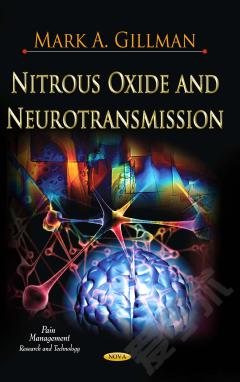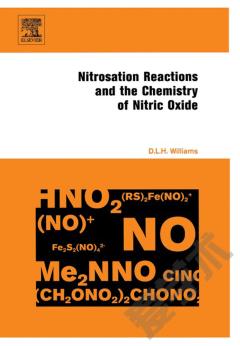Nitrous Oxide and Neurotransmission
As a lipid-soluble molecule, nitrous oxide enters the brain rapidly to alter the flow of information along a multitude of neuronal pathways and synapses by interfering with membrane ion channels and the action of key neurotransmitters. Some neurotransmitters, such as dopamine and the endogenous opioid peptides, act through G-protein coupled receptors mainly to adjust or modulate synaptic strength, whereas GABA and glutamate are amino acids known for their strong inhibitory or excitatory synaptic effects. Thus, nitrous oxide and nitric oxide belong to what now is becoming a sizable group of messenger molecules with signaling properties unlike any of the known non-gaseous chemical neurotransmitters. This book examines nitrous oxide and its effects on the various neurotransmitter systems and ion channels of the brain. This book also discusses how these effects could give rise to all the documented clinical actions of this relatively simple gas.
{{comment.content}}








 京公网安备 11010802027623号
京公网安备 11010802027623号